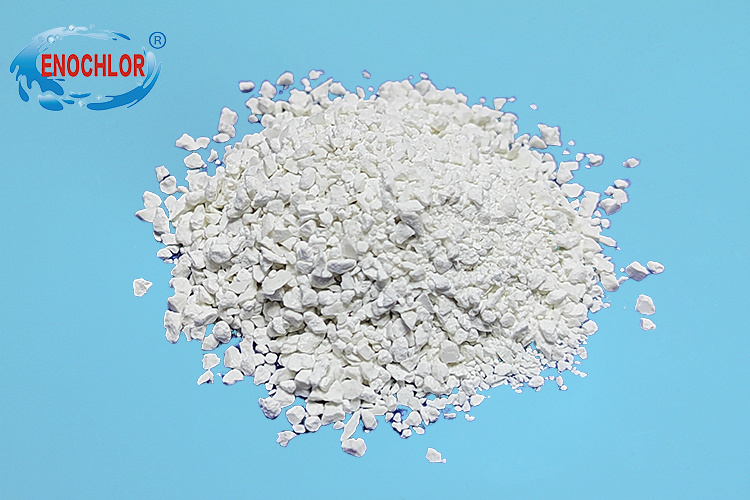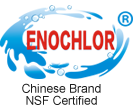25
2025
-
07
Gentle Guardians of Fish Pond Water Quality
In aquaculture, the quality of water directly determines the survival of fish and shrimp. Those white granules and tablets never come into direct contact with aquatic life, yet they regulate water in a mild manner, forming an invisible barrier that quietly builds a safety defense.
Foundational Protection During Pond Preparation
Every spring when preparing ponds, Old Wang first sterilizes with quicklime, lets the pond dry for a week, then takes granular calcium hypochlorite. He loads the granules into gauze bags and hangs them at the water inlet, allowing the diluted solution to seep slowly into the pond bottom with the current. "This stuff needs to take its time; too strong would harm the water ecosystem," he always reminds his apprentices. These granules break down residual pathogen spores in the sludge without damaging beneficial bacteria colonies in the sediment. When refilling the pond and cultivating algae later, diatoms can take root faster, preparing natural food for young fry.

Water Quality Stabilization in Rainy Seasons
Pond water easily turns turbid during plum rain seasons. When ammonia nitrogen levels rise, fish and shrimp tend to surface gasping for air. At such times, Old Wang rows his wooden boat and scatters a few slow-release tablets in the pond corners. The tablets sink to the bottom and dissolve gradually over three days, releasing active ingredients that inhibit vibrio reproduction without altering the water's ph. "Look at this water—it seems turbid, but the viable bacteria count is within standard," he says, scooping a bucket of water. Sunlight filtering through the bucket reveals fry swimming freely inside. These tablets act like patient regulators, targeting only harmful bacteria without disturbing the normal life of fish and shrimp.
Environmental Pre-treatment Before Pond Separation
When it's time to separate fish and shrimp into different ponds, the water in new ponds must be "conditioned" a week in advance. Old Wang places half a calcium hypochlorite tablet in the filtration tank, letting water circulate with an extremely dilute concentration. Only when residual chlorine is barely detectable does he transfer the fish and shrimp. "The key is to let it clean the bacteria in the pipes first; by the time the fish move in, the medicinal effect has long faded." This pre-treatment method avoids direct contact risks while making the new environment safer.
These granules and tablets always maintain a safe distance from fish and shrimp. After completing their disinfection mission in the water, they gradually decompose into harmless substances without leaving residues in aquatic organisms. For farmers, they are more like precise "water quality regulators"—appearing only when needed, improving the environment with just the right intensity, never causing the slightest irritation to fish and shrimp.
The pond shimmers under the setting sun, with clear views of fish and shrimp flicking their tails. Behind this tranquility lies precise dosage control, strict timing of use, and the delicate balance between these white formulations and the water—protecting the environment without disturbing its inhabitants.
Previous
2023-04-23







